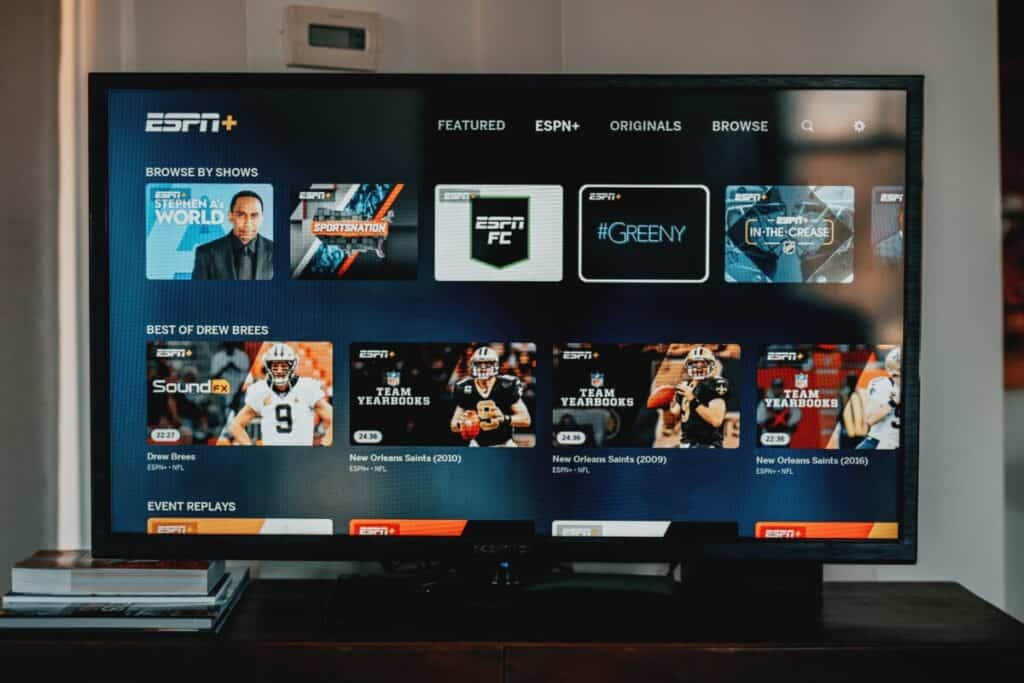How Many Amps Does Your Samsung TV Use (Comparison of Sizes)
When you buy through our links, we may earn an affiliate commission.
With a constant increase in our needs and limited resources to meet them, everybody is on the lookout to invest in appliances and products that are cost-effective in the long run. Many consumers prefer to purchase Samsung devices.
Depending on the specifications of your Samsung TV, it runs on an average of 110-120 volts. This means smart TVs average approximately 1.0 amps per hour. This can be higher or lower depending on many factors such as size, rating, technology and screen design.
If you are in the market for a new device and want to calculate how much power your Samsung TV consumes, read on – we’ll be comparing the different brands and models to ensure that you walk away with the most value for your dollar.
Do All Samsung TVs Have The Same Energy Consumption?
Not all Samsung TVs have the same consumption, they aren’t different from other electronic devices such as laptops or mobile phones. This means that the brighter your screen on the devices is, the more power your TV is going to consume.
Energy consumption and power requirements of Samsung TVs depend on:
- screen size
- technology equipped in the display
- type of screen
- age of TV
Every Samsung TV model is unique – so despite their eco-friendly and green-centric consumption practices, their energy consumption rates can’t be the same.
How To Save Power Consumption
There are many things you can do to save on power usage when it comes to your smart TV. Things such as turning it off when not in use, reducing the brightness level, adjusting the contrast, and using the timer on the TV.
By doing these things it can cut down on how much power your TV is using daily and can also help make your electricity bill lower. These are simple things you can do in just a few minutes that will greatly help. It can also help make your Samsung TV last longer while getting more efficient use out of it.
Which Part Of The Samsung TV Consumes Most Power?
A Samsung TV is a combination of several different parts – including the tuner, reflective panel, circuit board, backlight, and high-resolution screen.
Each part of the TV consumes some power. Screens and display elements do the most work, and therefore they consume the highest amount of power. To know exactly how much power a TV consumes, we have to consider the size and technology of that TV’s screen.
What are Amps?
Ampere, or amps, are units used to measure electrical current. To put it simply, the ampere is the amount of current flowing through a wire at any given time. The ampere is named after a French physicist and mathematician André-Marie-Ampère, who rose to fame in the late 1700s.
How Many Amps Does a 40 Inch Samsung TV Use?
To be able to figure out how many amps a 40-inch Samsung TV screen uses we need to be aware of the technology it is equipped with first.
An old Samsung plasma TV will draw approximately 167 amps, whereas an LCD TV of the same size will draw 0.83 amps. A 40 inch LED typically uses 0.42 amps and an OLED consumes 0.6 amps.
How Many Amps Does a 50 Inch Samsung TV Use?
On average, a Samsung model of this size would require a power consumption of 1.6 amps. The change in amps is likely due to the size increase of the display from the 40-inch model. This may vary slightly depending on the display resolution that your model uses.
How Many Amps Does a 60 Inch Samsung TV Use?
A 60-inch model runs a slightly higher amp rate due to an increased wattage – coming in at a total average of 2.4 amps. This can vary slightly depending on the resolution and other features on your machine, but generally shouldn’t go beyond 3 total amps.
Final Thoughts
Determining how many amps your TV will use depends entirely on the model and features that your TV has. It is important to understand that this value can vary depending on what model of TV you purchase. Calculating amps and wattage can be a determining factor in your purchase and can help you determine approximately how much your TV will cost you in monthly additional electricity cost. Our guide will help you to determine which model is best for your situation, and help you to purchase in confidence.

